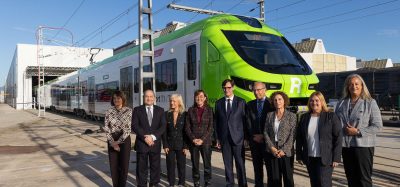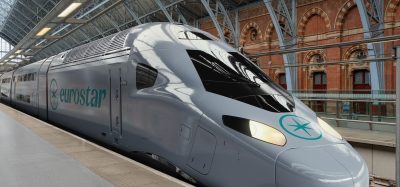Infrastructure maintenance and extension
Posted: 14 February 2006 | | No comments yet
Jean-Marie Raviart, Director General of Infrastructure at Infrabel, was interviewed by Global Railway Review to comment on Infrabel’s investment policy and the major Belgian railway projects. Mr. Raviart, does the Infrastructure department play an important role within the railway undertaking Infrabel? Yes indeed, the department of Infrastructure & Purchasing is in charge of the construction, […]
Jean-Marie Raviart, Director General of Infrastructure at Infrabel, was interviewed by Global Railway Review to comment on Infrabel’s investment policy and the major Belgian railway projects.
Mr. Raviart, does the Infrastructure department play an important role within the railway undertaking Infrabel?
Yes indeed, the department of Infrastructure & Purchasing is in charge of the construction, maintenance, modernising and the renewal of railway infrastructure. The department is composed of several divisions in charge of Structures, Tracks, Power Current and Signalling. We also have a number of workshops for the production of railway equipment such as points, rails and electricity for signalling. The ‘Infrastructure’ department employs 7,800 staff (out of 14,240 for the whole of Infrabel).
Can you tell us some more about Infrabel’s investments in domestic railway infrastructure?
The larger part of Infrabel’s investment plan for the period 2005-2007 is dedicated to the maintenance (27%) and the extension (20%, excluding the ‘Regional Express Network’) of the infrastructure. The aim is to maintain the existing infrastructure in a perfect state through modernising, for example, the renovation of signal boxes. Furthermore, Infrabel will extend the capacity of the Belgian railway network during the coming years through approximately ten major investment projects. Those investments will enable us to offer a better service to our customers in terms of punctuality, operating and traffic flow control.
What is Infrabel’s criteria to determine how and where to invest?
First of all, Infrabel examines the areas and locations where the potential to invest is most available. It also schedules infrastructure works where it is truly necessary. Another important criterion is the maximisation of railway potential. A telling example of this investment policy is the port of Antwerp. The opening of the Deurganck dok has boosted the need for increased capacity and therefore Infrabel is investing in additional railway lines and infrastructure. A second example is the need for more capacity on the railway arteries to and from Brussels. In view of the Regional Express Network, the lines toward Ottignies and Nivelles will see their tracks doubled – improving mobility.
Global Railway Review Autumn/ Winter Issue 2025
Welcome to 2025’s Autumn/ Winter issue of Global Railway Review!
The dynamism of our sector has never been more apparent, driven by technological leaps, evolving societal demands, and an urgent global imperative for sustainable solutions.
>>> Read the issue in full now! <<<







